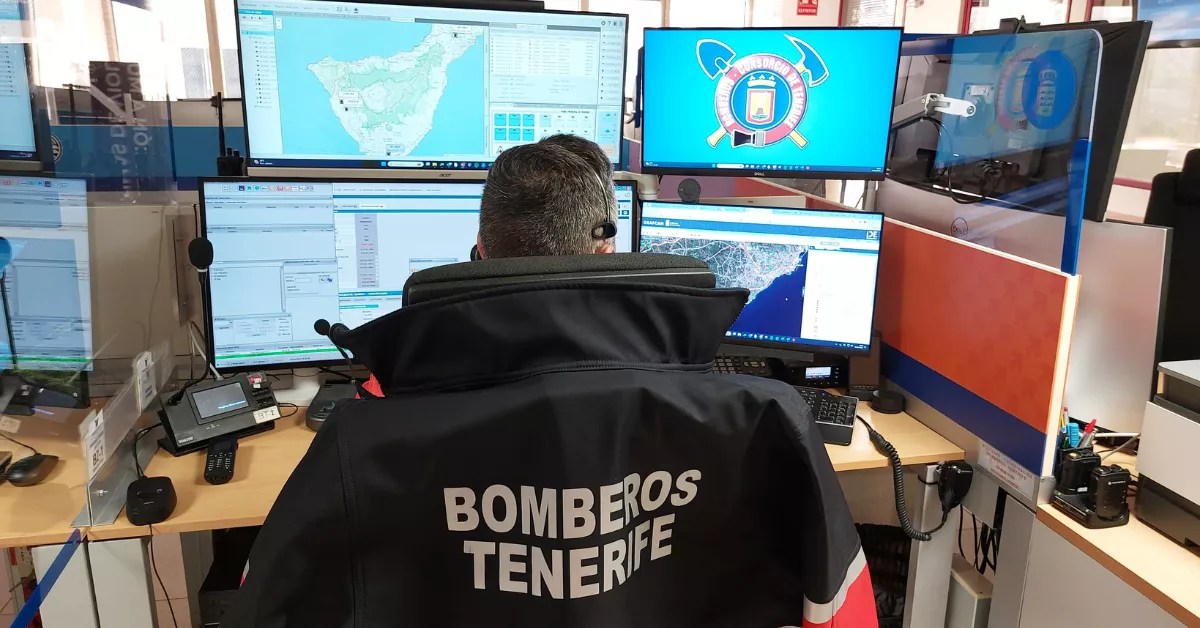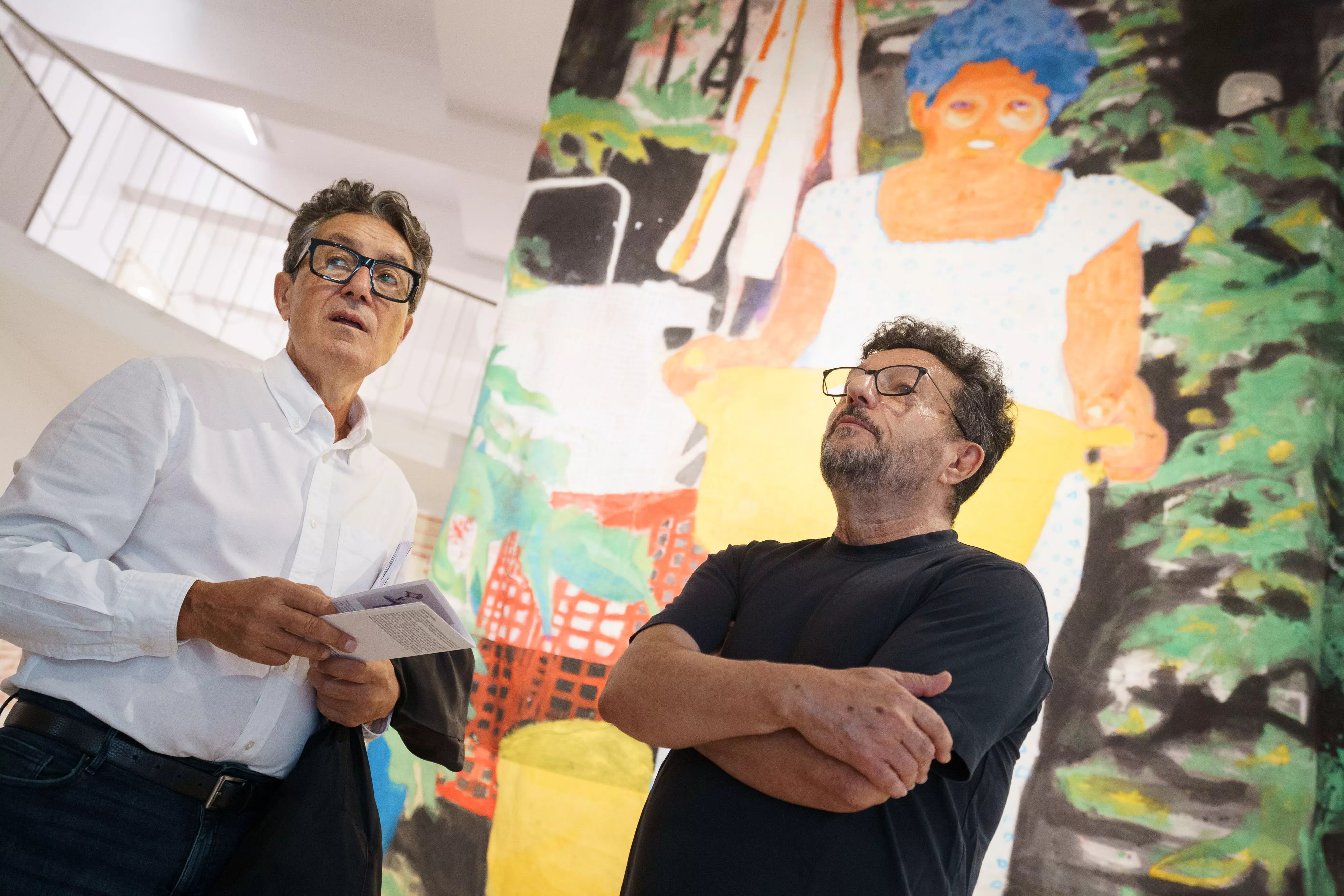The recent rainfall has provided a respite for the primary sector; however, it has not sufficiently boosted the storage levels of Tenerife’s reservoirs, which currently sit at 44%. This percentage equates to 2,217,332 cubic metres of water, as detailed in the Balsas de Tenerife (Balten) report published on 1 February.
This figure does not represent half of its maximum capacity, which is 5,043,037 cubic metres, although it does show an increase compared to the same timeframe last year, which recorded a total of 1,600,480 cubic metres. Despite this seemingly promising rise, “it needs clarification,” states the primary sector counsellor of the Cabildo de Tenerife, Valentín González.
This is due to the fact that in 2024, the reservoir at the Mountain of Taco in Buenavista was non-operational as it was undergoing waterproofing work and should therefore not be included. Consequently, the current data reflects “almost the same quantity as last year,” he remarks.
Presently, its filling level is at 32.9%, akin to that of Ravelo in the same municipality, The Tabona (33.5%) in La Guancha, and Florida (36.5%) in Icod de los Vinos. The latter town hosts the reservoir of Buen Paso, which is facing significant challenges, as it barely reaches a filling level of 1.7%. This is followed by El Boquerón in La Laguna (5.3%), and Benijos (12.3%) and Aguamansa (14%), both located in La Orotava.
Conversely, the San Antonio reservoir in La Matanza de Acentejo is at full capacity, with 157,008 cubic metres, and that of Las Matches, in the tank, holds 14,000 cubic metres, registering at 91.9%.
This year, work is also being carried out at the Balsa de la Cruz Santa in the Realejos, which currently has a very low capacity (16.1%).
“The situation remains dire, particularly in the northern part of the island, which has a filling level of 35.6% as compared to the south’s 61.6%,” insists González. This disparity arises because the southern reservoirs have been sustained with reclaimed water for more than 30 years, addressing the growing water demands of the agricultural sector while adhering to stringent environmental standards.
This sustainability is facilitated by the presence of a parallel transport pipeline in the south, which is lacking in the north of Tenerife.
“We are facing a complicated situation with the reservoirs, which prompted the declaration of a water emergency. With summer approaching, we are unsure of how conditions will unfold,” the primary sector counsellor adds.
Water Emergency
The water emergency declared by the Cabildo de Tenerife is set to expire on 28 February, following its initiation on 29 May of the previous year. It is yet to be determined if a new extension will be approved; this decision will be made at the drought committee involving the island’s Agriculture departments, Balsas de Tenerife (Balten), the Insular Water Council (CIATF), and local municipalities, which will discuss the necessity for a further extension.
The limited recovery of the reservoirs, and, consequently, the water shortage, primarily impacts farmers, who are calling for solutions to prevent adverse effects on their production, as was the case during previous summers.
Most Affected Crops
Moreover, the yield of potato production “has plummeted, and costs are not being covered by the amounts being gathered. Alongside the lack of investment in galleries and wells, the absence of rainfall also contributes to the challenge of sourcing adequate water for cultivation,” she explained.
According to Asaga’s president, “the current drought situation is extremely serious, considering that two years ago, nearly the entire harvest in the north of Tenerife was lost due to heat beginning in March 2023, while this year it started in January.”
For this reason, she underscored the urgency of collaborating with authorities on irrigation networks, extracting water from boreholes, and distributing water judiciously to establish more efficient resource management.
She further emphasised the importance of finding solutions to improve the conditions of galleries and wells, which are primarily managed by small-scale owners, and highlighted the necessity of “educating” the public about water conservation, reinforcing that water is not an infinite resource but one that is increasingly scarce and therefore requires careful stewardship.
















